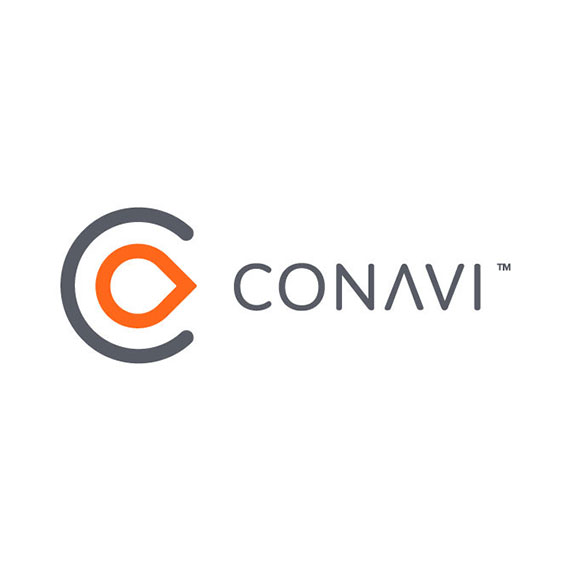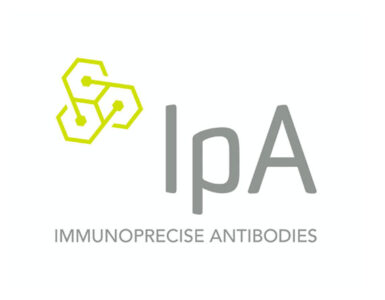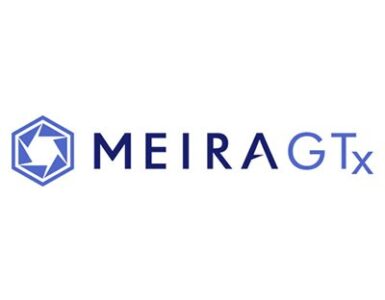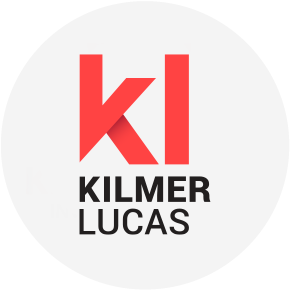The European Society of Cardiology (ESC) has elevated intracoronary imaging guidance by intravascular ultrasound (IVUS) or optical coherence tomography (OCT) to a Class 1A recommendation when performing percutaneous coronary interventions (PCIs) and managing complex lesions, including left main, bifurcations, and long lesions.
The suggested standard of care, developed by the ESC task force for the management of chronic coronary syndromes and endorsed by the European Association for Cardio-Thoracic Surgery, is backed by the highest level of evidence. The announcement was made at the ESC 2024 Congress in London, UK, with the guideline updates published online in the peer-reviewed European Heart Journal.
Following the ESC announcement, Boston Scientific (NYSE:BSX) stated, “IVUS saves lives,” while Abbott (NYSE:ABT) Cardiovascular referred to the guideline change as “big news with ESC guidelines.”

Conavi Medical, which is poised to go-public via a planned reverse takeover with Titan Medical (TSX:TMD; OTC:TMDIF), had two reasons to praise the development. Its patented Novasight Hybrid System is the first system to combine both IVUS and OCT to enable simultaneous and co-registered imaging of coronary arteries.
“This landmark change is very encouraging, as the U.S. intravascular imaging guidelines, currently Class 2A, have historically closely followed the ESC,” said Thomas Looby, CEO of Conavi in an interview with BioTuesdays. “More importantly, this guideline update will benefit patients by ensuring they receive treatment with image guidance, which has been shown to reduce adverse events and subsequent hospitalizations.”
Roxana Mehran, M.D., of the Icahn School of Medicine at Mount Sinai, was quoted in a MedPage Today article covering the guideline updates saying, “The biggest thing for me was seeing the Class 1 recommendations that were new, especially with regard to intravascular imaging and physiology, both extremely great and long time coming.” Dr. Mehran noted that U.S. guidelines “still don’t have class 1 recommendation for physiology and imaging, but I believe that is hopefully coming.”
In August 2023, the European Society of Cardiology announced findings from 20 randomized, controlled trials of intravascular imaging-guided PCI compared with angiography-guided PCI in 12,428 patients with chronic and acute coronary syndromes. These studies showed improved outcomes with intravascular imaging compared with angiography, reporting a 20% reduction in cardiac death, a 46% reduction in target vessel myocardial infarction, a 52% reduction in stent thrombosis, and a 29% reduction in reintervention.
“IVUS and OCT each have their own unique advantages, with IVUS allowing for reduction in contrast dye usage and greater depth of penetration, and OCT delivering higher resolution images for enhanced visualization of the artery lumen and assessment of calcium thickness,” said Mr. Looby. He added that, through its planned, strategic amalgamation with Titan Medical, Conavi aims to strengthen its financial position and growth strategy, allowing it to fully leverage the potential of Novasight hybrid imaging technology in the U.S. and internationally.
Each year, more than four million coronary angioplasty and stenting procedures are performed worldwide. The current PCI market stands at more than $700 million, with the total available market valued at approximately $4 billion globally.





